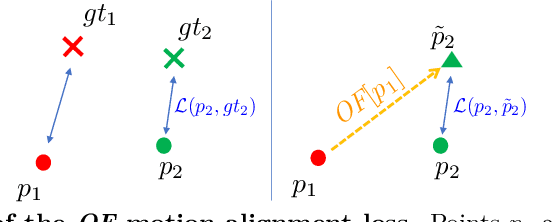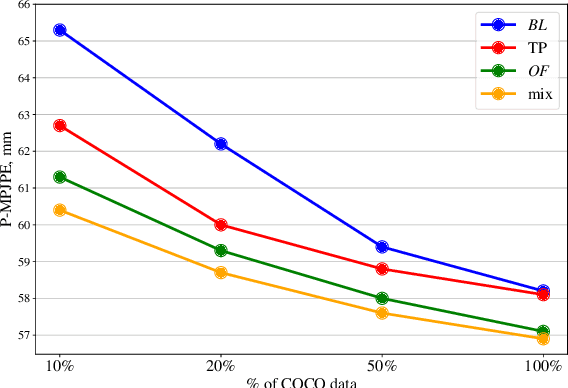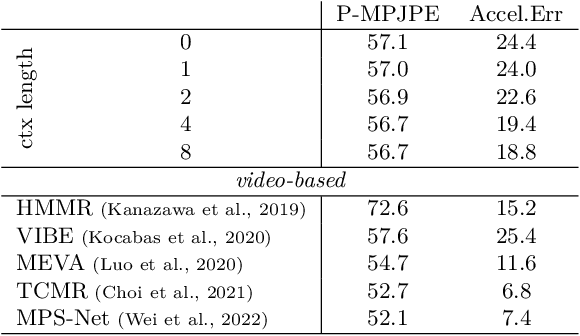Using Motion Cues to Supervise Single-Frame Body Pose and Shape Estimation in Low Data Regimes
Paper and Code
Feb 05, 2024



When enough annotated training data is available, supervised deep-learning algorithms excel at estimating human body pose and shape using a single camera. The effects of too little such data being available can be mitigated by using other information sources, such as databases of body shapes, to learn priors. Unfortunately, such sources are not always available either. We show that, in such cases, easy-to-obtain unannotated videos can be used instead to provide the required supervisory signals. Given a trained model using too little annotated data, we compute poses in consecutive frames along with the optical flow between them. We then enforce consistency between the image optical flow and the one that can be inferred from the change in pose from one frame to the next. This provides enough additional supervision to effectively refine the network weights and to perform on par with methods trained using far more annotated data.
 Add to Chrome
Add to Chrome Add to Firefox
Add to Firefox Add to Edge
Add to Edge